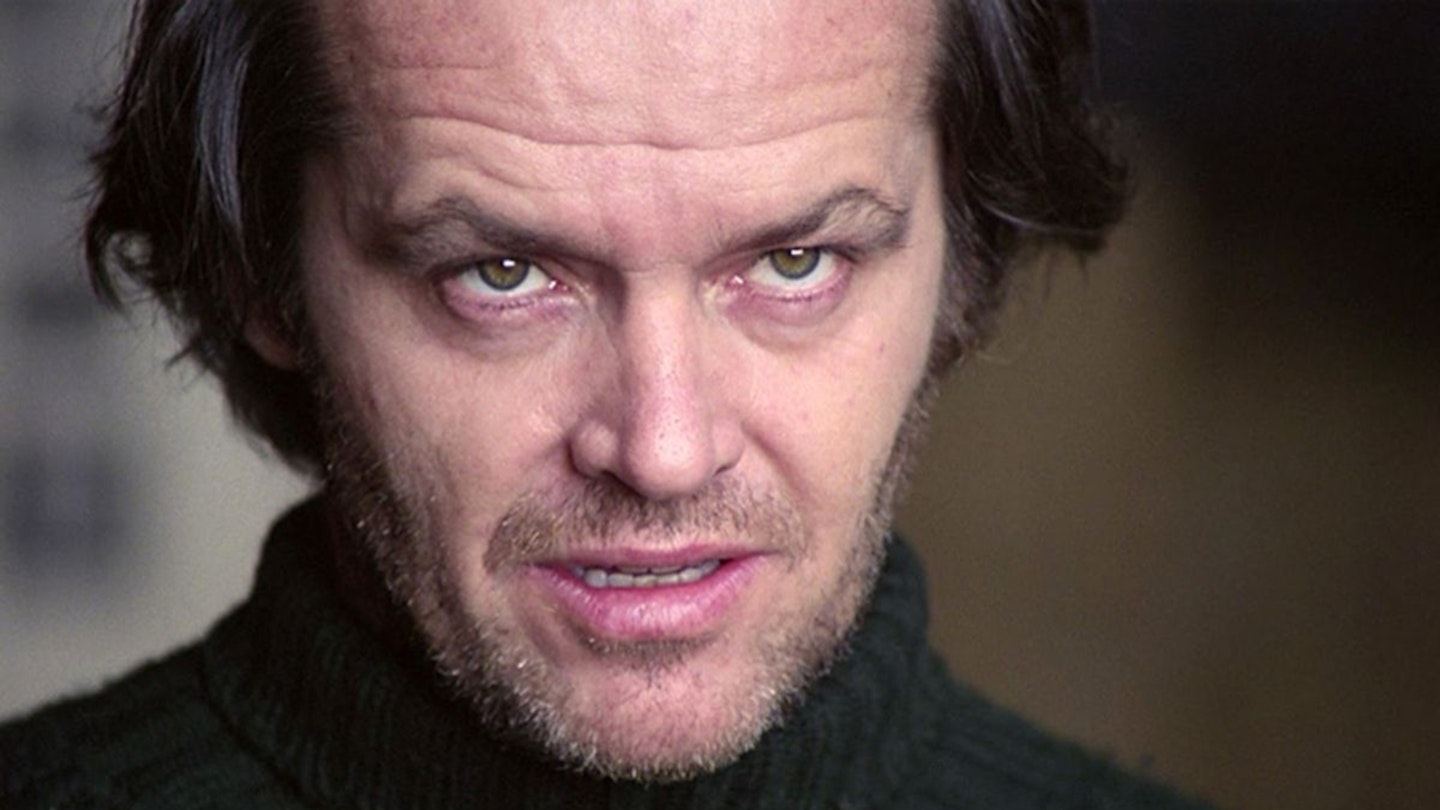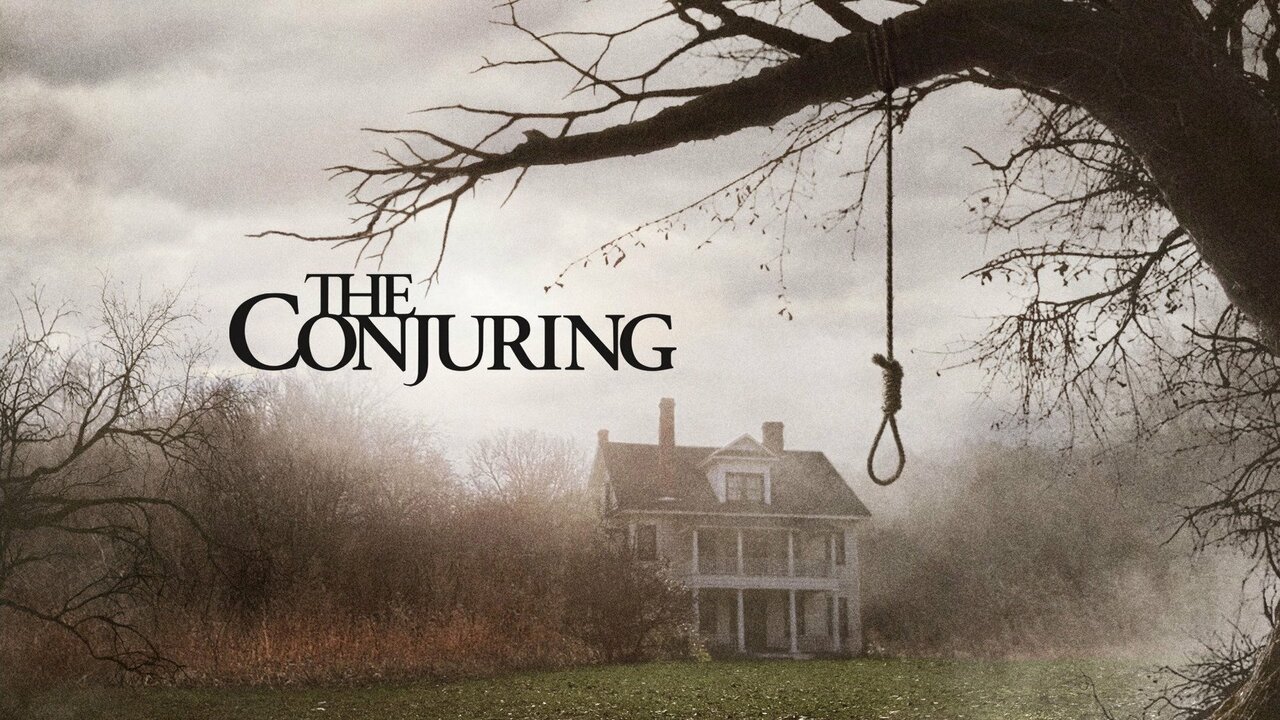
The allure of horror cinema is undeniable, a primal draw to explore the darkest corners of human experience from the safety of a theater seat or living room couch. For generations, filmmakers have expertly crafted narratives designed to send shivers down our spines, quicken our pulses, and keep us on the very edge of our seats. Yet, identifying the “scariest movie ever” has always been a subjective, often fiercely debated topic, colored by individual fears, cultural backgrounds, and personal experiences. What one person finds utterly terrifying, another might dismiss as merely unsettling.
In a quest to move beyond anecdotal consensus and delve into the measurable realities of fear, a pioneering initiative known as ‘The Science of Scare’ study has emerged. Now in its fifth year, this comprehensive project has meticulously investigated how audiences physiologically react to a vast array of horror movies. By tracking participants’ resting heart rates, noting significant spikes during startling moments, and observing average heart rate changes, the study provides a unique, data-driven perspective on which films truly drain the blood from our faces and the breath from our lungs, activating our primal fight-or-flight responses.
This groundbreaking research allows us to finally bridge the gap between subjective terror and objective physiological response. We’re about to embark on a chilling journey through the top tier of cinematic frights, as we unveil the scariest horror movies of all time, meticulously ranked according to hard scientific data. Prepare to have your perceptions challenged and your heart rate tested, as we dissect the films proven to induce the most intense fear in audiences.

1. **Sinister**Taking the undisputed crown as the scariest movie with an overall score of 96 out of 100, Scott Derrickson’s 2012 release, *Sinister*, truly pushed the limits of audience terror. The ‘Science of Scare’ study found that the film drew an average heart rate (AHR) of 86 bpm, soaring to terrifying peaks as high as 131 bpm during its most intense moments. Starring Ethan Hawke as ailing true-crime writer Ellison Oswald, the film immerses viewers in a harrowing depiction of lies, deceit, and supernatural endeavors.
The premise itself is a chilling descent into the unknown: Oswald, in his relentless pursuit of a new story, discovers the existence of a snuff film depicting the deaths of a family. Compelled to solve this dark mystery, he makes the ill-advised decision to move his own family into the victims’ former home. This decision, as the context rightly observes, is “probably where things start going wrong,” setting the stage for an escalating series of horrifying discoveries.
Derrickson, prior to his MCU endeavors with *Doctor Strange*, had already garnered cult followings for his horror films, and *Sinister* stands as a testament to his expertise in crafting small-scale haunted house/possession stories. The movie’s ability to generate such extreme physiological responses highlights its masterful blend of suspense and shocking reveals, proving that a compelling narrative combined with potent scares can lead to scientifically quantifiable terror.

2. **Host**Securing a very close second place, *Host* only lost out to *Sinister* by a single point, achieving a total score of 95. This remarkable film, released in 2020, capitalizes on a very contemporary fear – the ubiquitous Zoom meeting – and elevates it to another level of dread. The study recorded an average heart rate of 88 bpm among viewers, with heart-stopping spikes reaching 130 bpm, underscoring its profound impact despite its unique production.
Shot entirely during the Covid-19 pandemic, *Host* presents a unique, found-footage style narrative where a group of friends participates in a virtual séance over Zoom. As is often the case in horror cinema, this seemingly innocent gathering goes horribly wrong when they accidentally churn up something malevolent. The ingenious choice to film the entire movie on Zoom over 12 weeks gives it a distinct, freeform vibe, setting it apart from traditional ‘found footage’ films and making the horror feel terrifyingly immediate and real.
Director Rob Savage ingeniously exploited the limitations of remote filming, turning them into strengths that enhanced the film’s effectiveness. The concept resonated powerfully with audiences, demonstrating that innovative storytelling within a familiar technological framework can yield incredibly potent scares, pushing the boundaries of what a horror film can be and cementing its place as a modern classic.

3. **Skinamarink**Proving that experimental cinema can indeed be terrifying, *Skinamarink* landed in third place with a total score of 91. While many viewers have openly expressed confusion about the exact unfolding of events within the film, a consistent outcome is clear: they leave the movie feeling profoundly terrified by what they’ve witnessed. This unique cinematic experience generated an average heart rate of 84 bpm, with peak spikes reaching 113 bpm, showcasing its unsettling power.
The movie’s perspective is largely filtered through the eyes of two young children, Kevin and Kaylee, as they navigate their family home after their father mysteriously disappears and increasingly bizarre occurrences begin. The unsettling vanishing of doors, windows, and even toilets contributes to a pervasive sense of dread and disorientation. The director, Kyle Edward Ball, made a bold choice in using children as the main characters, a decision that arguably amplifies the film’s creepiness and vulnerability.
*Skinamarink* foregoes conventional jump scares and overt narrative clarity, instead building its terror through atmosphere, suggestion, and a profound sense of childlike helplessness. Its success in eliciting such strong physiological responses, despite its unconventional approach, highlights the potent fear that can be generated through ambiguity and the disquieting disruption of domestic normalcy, making it a standout entry in modern horror.

4. **Insidious**Despite being “knocked off the second-place podium by newer offerings this year,” the original *Insidious* firmly holds its ground as a powerhouse of fear, ranking fourth with a total score of 90. This seminal film, released in 2011, is hailed as a perfect example of modern horror due to its compelling mixture of classic film tension, intriguing mystery, and intense paranormal activity. Its ability to raise heart rates to an average of 85 bpm, with startling spikes up to 133 bpm, speaks volumes about its enduring impact.
The narrative follows Josh and Renai, a couple whose lives are plunged into terror when their son Dalton mysteriously falls into a coma shortly after they move into a new house. As paranormal events begin to manifest, the true frights of the film unfold. With horror expert James Wan at the helm, a director known for steering the *Insidious* franchise, it’s no surprise that participants in the study reported their hearts racing throughout its runtime.
James Wan himself stated that *Insidious* was crafted as a “corrective to the outright violence of Saw,” compelling him to create something on a more spiritual level. Collaborator Leigh Whannell infused the story with a compelling mythology that would spawn multiple installments. The result is an exceptionally effective chiller, featuring what is frequently regarded as “one of the best jump scares ever put on screen,” demonstrating Wan’s prowess in crafting intelligent and deeply unsettling horror.

5. **The Conjuring**Marking another entry from the prolific director James Wan, *The Conjuring* secures its spot as the fifth scariest film with a total score of 88. The ‘Science of Scare’ study indicated that respondents watching the first film in this acclaimed modern horror franchise experienced an average heart rate of 84 bpm, with intense peaks reaching 132 bpm during its most terrifying sequences. This clearly suggests that, for many, the series truly “peaked at the first film” in terms of raw physiological impact.
The story draws inspiration from true events, chronicling the experiences of real-life paranormal investigators Ed and Lorraine Warren, portrayed by Patrick Wilson and Vera Farmiga. The Warrens are depicted helping the Perron family rid their new home of a mysterious and malevolent entity. Wan, along with his co-leads, masterfully “found fresh terror in familiar genre tropes,” grounding the effective jump scares and freak-out moments with a believable, world-weary authenticity.
*The Conjuring* not only delivered potent, scientifically-backed scares but also served as the foundation for a sprawling cinematic universe that continues to expand. Its success lies in its ability to combine well-executed traditional horror elements with compelling characters and a narrative depth derived from real-life accounts, making it a standout example of expertly crafted supernatural horror.

6. **Hereditary**Ari Aster’s feature directorial debut, *Hereditary*, might have “flew under the radar when it was first released back in 2019,” but its profound impact is undeniable, securing a total score of 81. This dark family drama, masterfully couched within a supernatural horror film about the nature of grief, caused audience heart rates to average 82 bpm, with spikes reaching 104 bpm. Those who saw it remember it vividly, testifying to its lasting psychological grip.
The film centers on the Graham family as they gradually unearth cryptic and increasingly terrifying secrets about their ancestry. As the dark thread of their lineage begins to unravel, the family finds themselves in a desperate race to outrun a sinister fate they have inherited. Toni Collette’s performance as the bedeviled mother Annie, a role where her intensity is slowly “ratcheted-up-to-11,” is particularly noteworthy, earning her a spot in the pantheon of great Oscar snubs.
*Hereditary* distinguished itself by striking “such a nerve with moviegoers that it instantly turned Aster into a director to watch.” It’s a film that leans heavily into psychological horror and dread, crafting a sense of inescapable doom rather than relying solely on jump scares. Its ability to create a deep, pervasive sense of unease and terror, leading to a significant physiological response, marks it as a truly disturbing and impactful horror experience.



